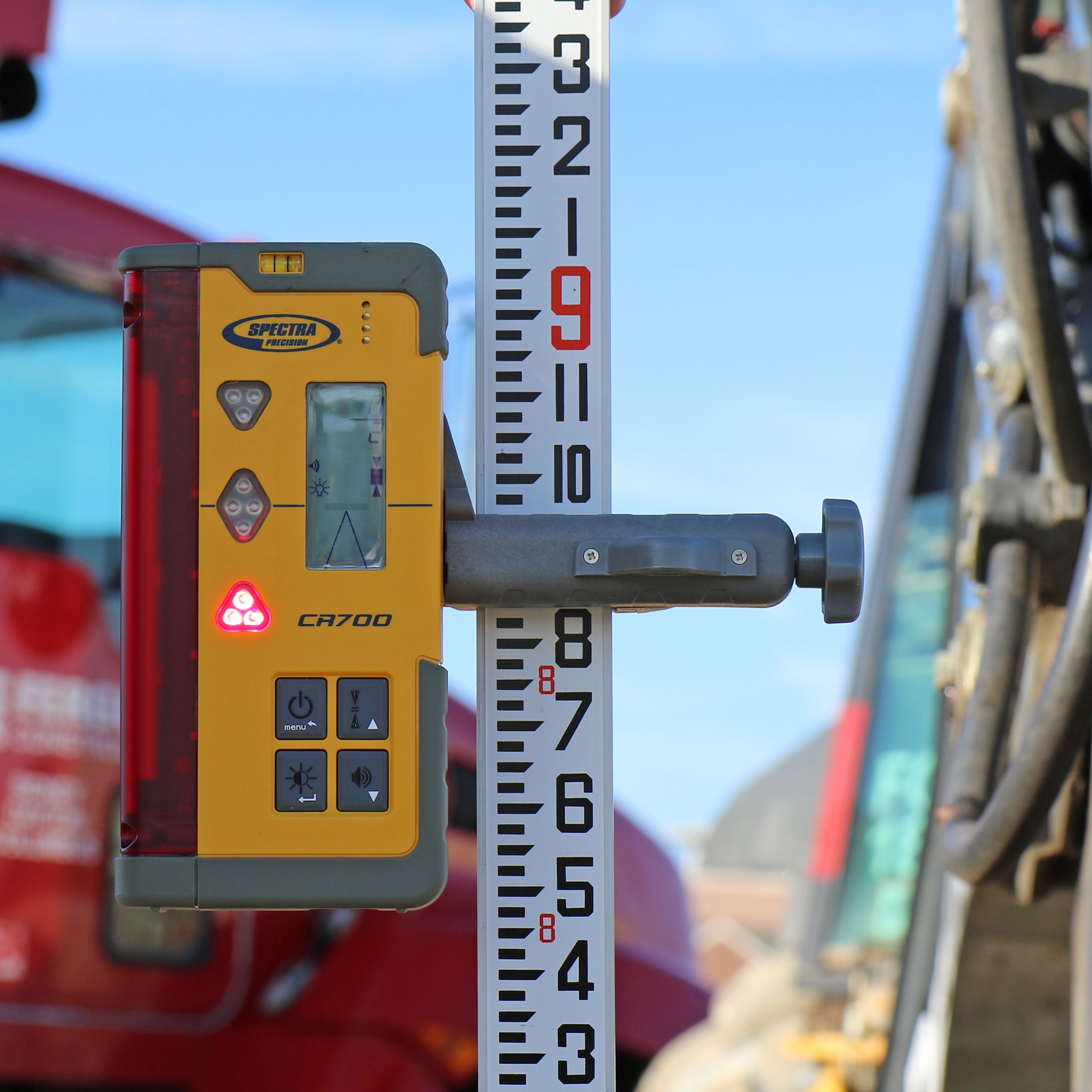

Resulting in reduced downtime and lowers repair costs. The Spectra Precision® L元00S Rotary Laser Level features a rugged design.Ī metal sunshade provides a superior drop and weather protection (IP66).ĭesigned for durability and reliability, especially relevant is the IP66 protection rating, consequently allowing the Laser Level to be operated in adverse environmental conditions, for example, heavy rain.įurthermore, mud and concrete can be washed off with a hose.Īdditionally the L元00S withstands drops of up to 3 feet (1 meter) onto concrete and tripod tip-over up to 5 feet (1.5 meters). Most laser levels are used in the construction industry.Ī tower-mounted laser level is used in combination with a sensor on a wheel tractor-scraper in the process of land laser leveling to bring land (for example, an agricultural field) to near-flatness with a slight grade for drainage.Overview of the Spectra Precision L元00S Rotating Laser Level The position of the sensor on the graduated staff, also known as a grade rod, or story pole, allows comparison of elevations between different points on the terrain. A staff carried by the operator is equipped with a movable sensor, which can detect the laser beam and gives a signal when the sensor is in line with the beam (usually an audible beep). If the mirror is not self-leveling, it is provided with visually readable level vials and manually adjustable screws for orienting the projector. The laser beam projector employs a rotating head with a mirror for sweeping the laser beam about a vertical axis. Rotary laser level Ī rotary laser level is a more advanced laser level in that it spins the beam of light fast enough to give the effect of a complete 360 degree horizontal or vertical plane, thus illuminating not just a fixed line, but a horizontal plane. It was invented by Oscar Soliz in the late 1960’s, who later sold the rights to it.

The concept of a laser level has been around since at least the early 1970s, the original spinning-mirror design laser plane and line level was patented by the late 1980s, and the compact lens-based laser line level (as produced by many tool manufacturers today) was patented in the late 1990s. The tool is leveled according to the accuracy of the device and projects a fixed red or green beam in a plane about the horizontal and/or vertical axis.

In surveying and construction, the laser level is a control tool consisting of a rotating laser beam projector that can be affixed to a tripod. The graduated staff is leaning on the pile of sand. A rotary laser level set up and used to level sand fill in trenches.


 0 kommentar(er)
0 kommentar(er)
